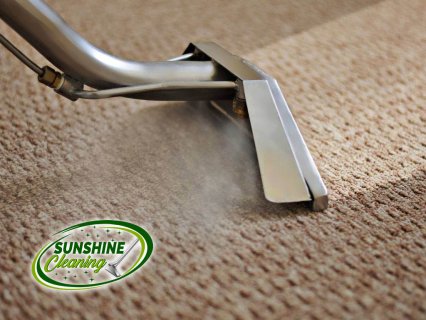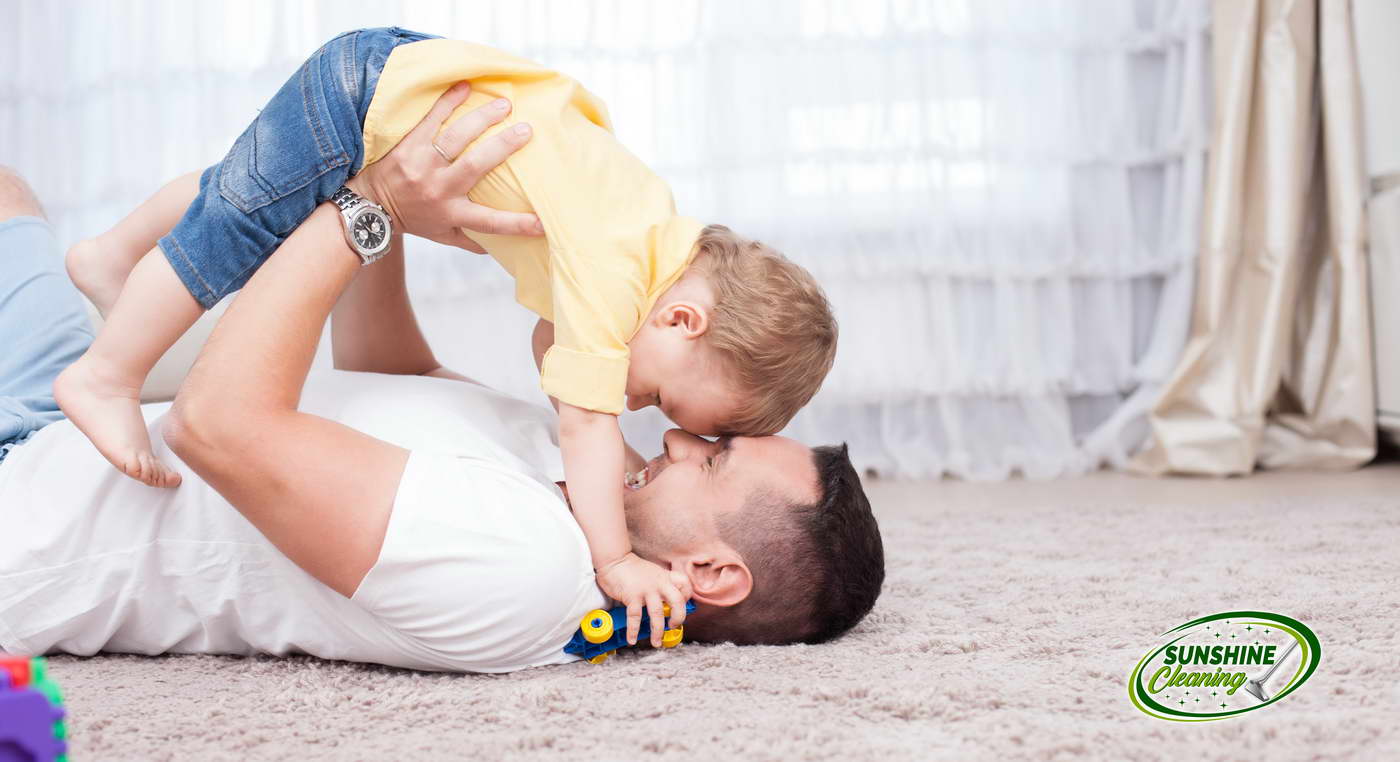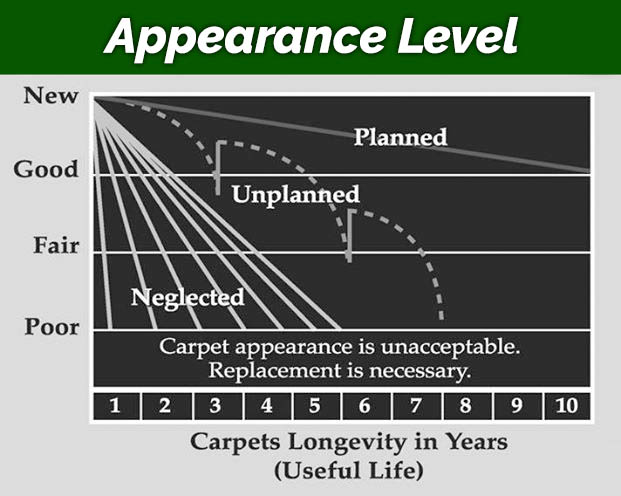We give carpets a deeper, longer-lasting, healthier clean, without the use of harsh chemicals or detergents.
Carpet Cleaning Services In Hertford.
How do you rate our cleaning services?
[rating_form id=”1″]
We give carpets a deeper, longer-lasting, healthier clean, without the use of harsh chemicals or detergents.
Carpet Cleaning Services In Hertford.
[rating_form id=”1″]
Cleaning the carpets in your home in Hertford is one of the most important but often overlooked aspects when it comes to keeping the house clean and safe!
It is important to understand that regular professional cleaning will extend the life and good looks of the carpet and will improve air quality in your home as carpets act like air filters.
Not only that professional carpet cleaning will maintain a good aspect of the carpet but it will actually help reduce wear by removing foreign soils from the carpet fibers, which in turn saves more money than not cleaning them at all, or renting a DIY machine!



We can also use a 100% food derived cleaning solution which is completely organic for your carpet cleaning and upholstery cleaning. If you don’t believe that such a product exists we can demonstrate on the spot. How many carpet cleaners do you think would drink the product used on carpets?
Chemicals used by chemical carpet cleaning companies are toxic and dangerous. Lye, solvents and formaldehyde are just a few of the carcinogenic chemicals in carpet cleaning products. These chemicals can cause hormonal imbalance, infertility and issues with your endocrine system as well as even cancer. They are particularly dangerous to pregnant women, babies, toddlers and pets. Regulation is severely lacking in this area. “Green” products, while still technically chemicals, are considered safer because the harmful ingredients are not included.
Many of us are pet lovers. They have become members of our family and they love us and we love them. Our cleaning methods are specially designed to extract pet allergens/dander and fleas/ticks as well as rid your carpet of urine which eliminates the appearance and odor. We also deodorize the carpet to eliminate any remaining scent which could result in repeat offenses.
Have you ever noticed that your dog or cat will return to the same spots over and over again? Animal urine contains certain scents and odors which are not detectable by humans, but can be detected by your pet. They will continue to “mark” the same spots and use the same areas that they have identified as a place for waste elimination. Dog and cat urine does not disappear by simply spraying the spots. This only affects the surface layer of the carpet or furniture. Our cleaning techniques penetrate fully through the fibers of the carpet and into the padding underneath.
Reducing the allergens around your home that trigger allergy and asthma attacks allow you to breathe easier and reduce susceptibility to future problems. There are thousands of irritants that can potentially cause allergy and asthma attacks, but it is estimated that at least 80% of these attacks in the home are triggered by dust mite feces.
Carpet, furniture and mattresses all serve as breeding ground for dust mites and are littered with dead dust mites and waste.
As you walk across the carpet in your home feces in the fibers become airborne ending up in your eyes, nose and even your lungs.
In addition pollen, animal dander and other allergens also sit in the fibers of your carpet and are stirred up simply by walking around.
To remove all of the dirt, allergens and other pollutants from your carpet manufacturers recommend one cleaning method over all others: Hot water extraction. The exact method used by Clean Master Carpet Cleaning.
Do you want to make messes easier to clean and your carpet last longer?
If so then carpet stain protection makes sense for you.
How does carpet stain protection work?
When you spill something on most, unprotected, carpets the fibers absorb the mess which creates stains and/or odors. Carpet stain protection works by preventing the dirt or stain-causing substances from being absorbed by the carpet fibers. Carpet stain protection also helps prevent wear and provides ultraviolet protection which reduces fading in carpets that have sun exposure.

Are you moving out of your old apartment into a new one? Are you selling your house?
Moving is always a hassle and a process that takes a lot of time and energy.
Moving also always incorporates thorough cleaning – especially if you are trying to make sure you get your deposit returned.
Perhaps you are getting your house ready for staging and need the carpet and floors cleaned.
Or your house has sold or is under contract and the buyer is requiring the carpet and floors be professionally cleaned.
Maybe you have just bought a new home and you want to make sure that the carpet and floors are cleaned.
As this chart shows regular carpet cleaning will help maintain the aspect and durability of your home or work carpets.
Taking foreign soils out of the carpet fibers reduces wear, keeps the carpets looking great all year long and has beneficial health effects.
Typical residential properties require at least a yearly clean of carpets and upholstery.
Businesses, offices, apartment buildings and hotels require a much more often service around every 3 months depending on traffic (aici o sa vina un grafic).
We offer a variety of rug cleaning methods that are recommended by rug manufacturers as being the safest, and most effective, method for their particular rug type.
For the majority of carpet and rugs we recommend steam cleaning. This is the most effective cleaning method and is very environmentally friendly. By using our extraction machines the hot water is forced deep into the fibers of your rug agitating the dirt, dust mites, etc. loose and then everything is pulled out via its powerful vacuum.
The result is a clean carpet without any worry of cleaning solution residue left behind.
Stain removal for area rugs is just as specific a process as is general cleaning for area rugs. We have a variety of cleaning solutions specific for each different type of stain on different rug types.

Domestic Carpet Cleaning Hertford. Carpet Cleaning Services In Hertford. We give carpets a deeper, longer-lasting, healthier clean, without the use of harsh chemicals or detergents.
All carpet should be professionally cleaned a minimum of every 12 to 18 months.
Microbiologists have identified air blown from a running vacuum cleaner as one of the five places in the home that has the highest numbers of germs. Other places include dish sponges, washing machines, bathroom toilets during a flush, and kitchen bins.
The five-second rule is a myth: bacteria can live after four weeks on carpet. And, thanks to “microbial adhesion,” germs such as the following are immediately transferred to food: Salmonella typhimurium, Campylobacter, and Salmonella enteritis, a nasty bacterium that causes horrible diarrhea and vomiting.
Each year, several pounds of soil can accumulate in and under a carpet.
Bed bugs can live in carpet fibers and wooden floorboards. For their size, they are extremely fast and can crawl more than 100 feet to obtain a blood meal, usually at night from people who are sleeping. Engorgement takes about three to 10 minutes yet people rarely realize they are being bitten.
A person sheds about 1.5 million skin flakes an hour, most of which becomes embedded in our carpets.
Scientists believe that more than 43 million tons of dust falls over the United Kingdom every year. Indoor air usually contains about twice as much dust as the air outside. That’s a million microscopic particles in a cubic inch of air. About 2,000 dust mites can live happily on one ounce of carpet dust.
Naphthalene is commonly found in carpet cleaners. In concentrated form, it is dangerous to breath and can cause headaches, nausea, vomiting, and urinary irritation. It is a suspected carcinogen and can be toxic to children, infants, and pets.
Carpet near a fireplace can get very warm, making it a perfect place for an odd little creature called a “firebrat.” It has a long, flexible body and is able to eat almost anything.

Some modern carpets are made from artificial plastic fiber, but other carpets are made from knotted wool, which can house beetle grubs or “woolly bears.” Special chemicals in their stomachs convert wool into sugar so they will munch through carpet like cotton candy.
To make a carpet brighter, sprinkle salt onto the carpet and let it stand for an hour before vacuuming it up. Salt is also effective in removing muddy footprints.
The caterpillar of the palm flower moth is fond of making its home in a deep cavity in a carpet. Regardless of whether the carpet fibers are natural or man-made, the caterpillar will use the fibers to make a cocoon.
Dust mites thrive in warm, humid environments, eating dead skin cells and nesting in dust-collecting carpet. The residue that mites leave behind can mix with dust and become airborne, which may cause allergies.
Carcinogens in cigarettes may accumulate in household carpet. Because dogs and cats, not to mention children and infants, spend a great deal of time on the floor, they may be at risk for developing lung cancer in households with cigarette smokers.
Carpets are highly effective places for mature fleas to live because fleas thrive in the carpet’s dry temperature. Conversely, flea eggs love wetter carpet that may be damp due to flooding, inadequate bathroom ventilation, or kitchen-generated moisture. Fleas can bite both people and animals.
Carpets in particular can become heavily infested with mites. The chemical benzyl benzoate will kill mites, but their dead carcasses can still be allergenic and will need to be vacuumed up afterward. A diluted solution of tannic acid can be sprayed onto the carpet to kill dust mites, but tannic acid can be dangerous to humans.
Wall-to-wall carpeting is less healthy than smaller rugs because wall-to-wall carpets tend to be more permanent and harder-to-clean endpoints for moisture, chemicals, liquids, crumbs, and other spills that provide molds, mildew, yeasts, and bacteria (such as e-coli) with a rich and nearly continuous supply of nutrients.